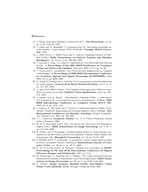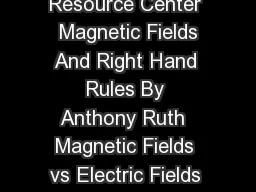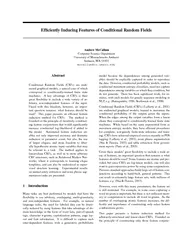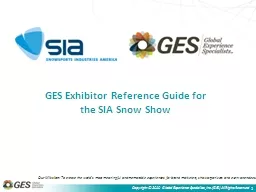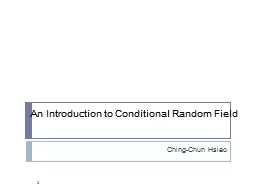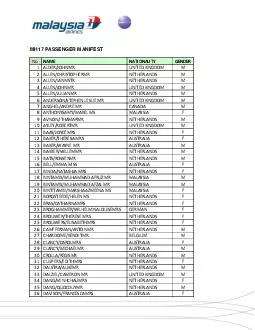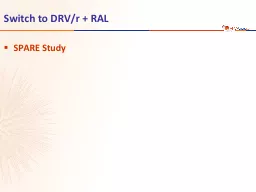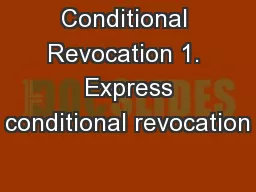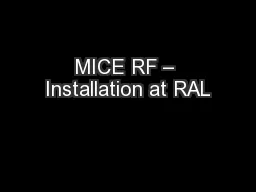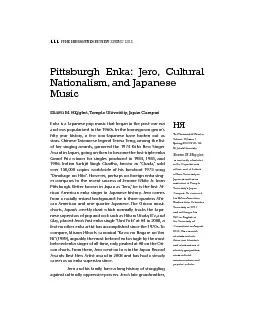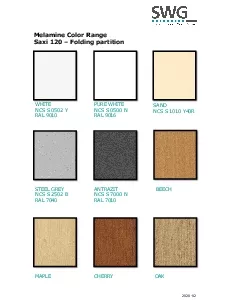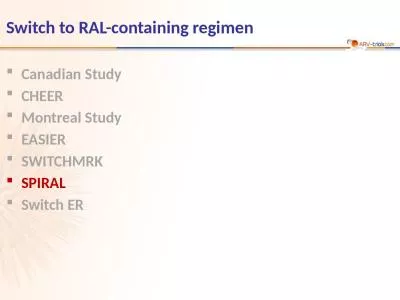PDF-SIGN DETECTION IN NA TU RAL IM GES WITH CONDITIONAL RANDOM FIELDS Jero einman Allen Hanson
Author : min-jolicoeur | Published Date : 2015-01-15
Departmen of Computer Science Univ ersit of Massac usettsAmherst Abstract raditional generativ Mark random 57356elds for seg men ting images mo del the image data
Presentation Embed Code
Download Presentation
Download Presentation The PPT/PDF document "SIGN DETECTION IN NA TU RAL IM GES WITH ..." is the property of its rightful owner. Permission is granted to download and print the materials on this website for personal, non-commercial use only, and to display it on your personal computer provided you do not modify the materials and that you retain all copyright notices contained in the materials. By downloading content from our website, you accept the terms of this agreement.
SIGN DETECTION IN NA TU RAL IM GES WITH CONDITIONAL RANDOM FIELDS Jero einman Allen Hanson: Transcript
Download Rules Of Document
"SIGN DETECTION IN NA TU RAL IM GES WITH CONDITIONAL RANDOM FIELDS Jero einman Allen Hanson"The content belongs to its owner. You may download and print it for personal use, without modification, and keep all copyright notices. By downloading, you agree to these terms.
Related Documents

